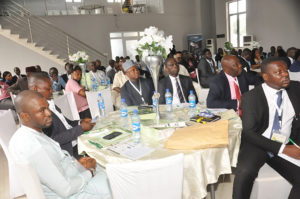CHAIRMAN SPEECH AT FLEET MANAGEMENT CONFERENCE
Directors of ELAN Distinguished Guest Speakers Distinguished Participants Gentlemen of the Press Ladies and Gentlemen I am very delighted to welcome you on behalf of the Equipment Leasing Association of Nigeria (ELAN), to the 5th Transport Logistics & Fleet Management Conference with the theme “THE ROLE OF FLEET MANAGEMENT IN ENHANCING CORPORATE OBJECTIVES”. I most heartily welcome our Distinguished Guest Speakers as well as all other Dignitaries. We are deeply honoured and sincerely valued your presence…











